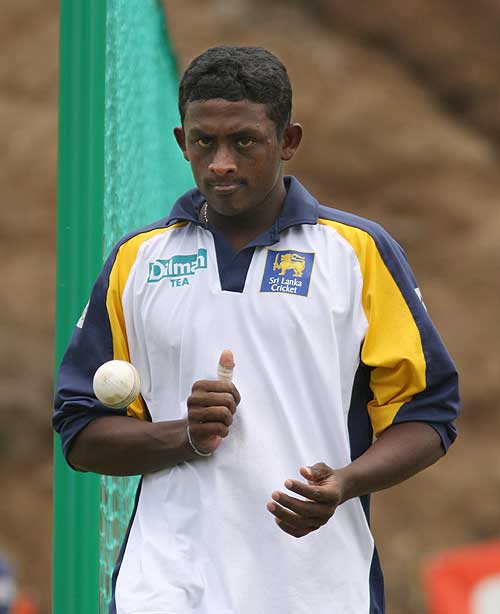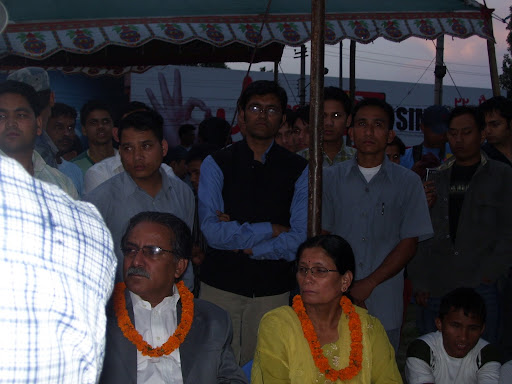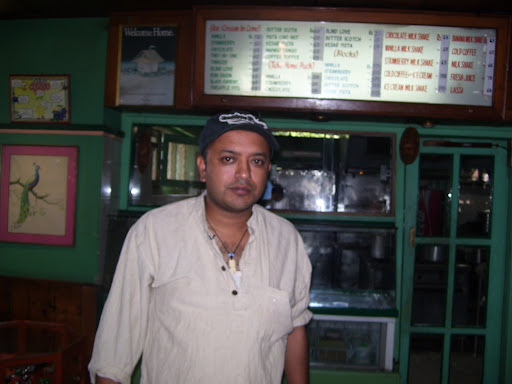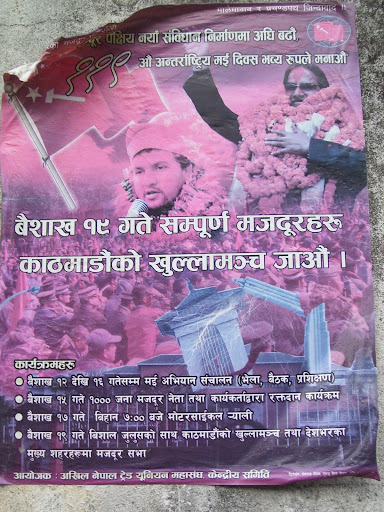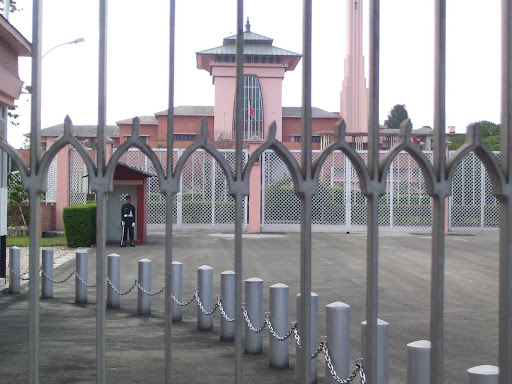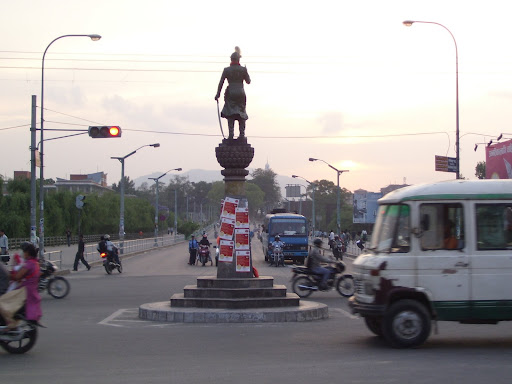[Exclusive interview with Prakash Karat, General Secretary CPI(M) on the current political situation]
Q: The UPA government considers the victory in the trust vote as a mandate for going ahead with the nuclear deal. Given that the deal is now on an 'autopilot' mode, what is the future of the struggle against the nuclear deal?
Prakash Karat (PK): The manner in which the trust vote has been won has exposed the government and the Congress leadership. 16 MPs of the opposition were bribed or intimidated to support the gover nment. How can this vote be interpreted, in any way, as a seal of approval for the nuclear deal? The Indo-US nuclear deal has to go through various stages for its operationalisation. At present, the IAEA Board is to consider the draft Safeguards Agreement. With the text being made public, it is clear that the government has not got what it had claimed. Till the US Congress adopts the 123 agreement and the final steps are taken by the Indian government to operationalise the deal, such as finally signing the Safeguards Agreement and the Additional Protocol, the intervening period should be utilized to further mobilise opposition to the deal. The government will find it difficult to sustain itself on the basis of defectors and bribe takers. We will continue to mount pressure on the government not to proceed with the deal. Already the Left, alongwith other secular opposition parties, have decided to campaign against the deal.
nment. How can this vote be interpreted, in any way, as a seal of approval for the nuclear deal? The Indo-US nuclear deal has to go through various stages for its operationalisation. At present, the IAEA Board is to consider the draft Safeguards Agreement. With the text being made public, it is clear that the government has not got what it had claimed. Till the US Congress adopts the 123 agreement and the final steps are taken by the Indian government to operationalise the deal, such as finally signing the Safeguards Agreement and the Additional Protocol, the intervening period should be utilized to further mobilise opposition to the deal. The government will find it difficult to sustain itself on the basis of defectors and bribe takers. We will continue to mount pressure on the government not to proceed with the deal. Already the Left, alongwith other secular opposition parties, have decided to campaign against the deal.
Q: Following the Left parties’ withdrawal of support, the government seems to have decided to push for neoliberal reforms in the final few months of its tenure. Do you think the government will get the green signal for these reforms in parliament?
PK: If the Manmohan Singh government decides to push forward with legislation such as the Pension Bill and allowing more FDI in other sectors like insurance and banking, the Left parties, trade unions and other mass organisations will mobilise people and there will be bigger struggles against such measures. Inside Parliament too, the government will face stiff opposition. It will not be easy for them to muster a majority in both the Houses of Parliament given the unstable nature of the motley crowd which they mustered for the trust vote. We will work hard to see that such legislations are defeated in the floor of the House.
Q: We have seen a coming together of the BSP in a broad alliance involving the Left parties and the UNPA. Has this alliance been formed only to oppose the nuclear deal or is it a new coalition in the making for the forthcoming elections?
PK: We have not formed any coalition or alliance. The Left parties have decided to launch a campaign alongwith parties belonging to the UNPA, the BSP, Janata Dal (Secular) and the RLD. This campaign will be on price rise, nuclear deal, farmers’ issues and so on. It is premature to talk about any alliance.
Q: Has there been a miscalculation on the part of the Left to rely upon the Samajwadi Party, which has been so closely identified with sectional and industrial interests? Has the Left overestimated the potential for a third alternative? Isn't there risk of such volte-face from the BSP, TDP and other regional allies?
PK: It was the Left which opposed the nuclear deal. It was our consistent opposition which rallied others and made them take a stand. We did not rely on the Samajwadi Party. The SP earlier decided to oppose the nuclear deal on its own and later changed its position. Therefore, there is no question of any miscalculation on our part on that count. As far as the regional parties are concerned, we know their character. Most of them are, in terms of class character, bourgeois parties and they can take opportunist positions. That is why our Party Congress has explained that our concept of a third alternative should not be reduced to elections. We have maintained that the UNPA, of which the Samajwadi Party was a part, is not our idea of a third alternative. We are working for a more durable alternative based on a common policy platform. As far as parties like the TDP and other parties are concerned, we are trying to evolve some common platform of issues to work together for. We know that till the independent strength of the Left increases, many of these parties will come and go.
Q: Critics have argued that by withdrawing support to the UPA government, the Left parties have strengthened the chances of the BJP’s victory in the next elections. In case the BJP comes to power, how would it help in the struggle against the strategic alliance with the United States? How do you justify your voting alongwith the BJP in the trust vote?
PK: As far as the CPI (M) and the Left are concerned, for the last three years, we have been opposing the strategic alliance with the United States and the nuclear deal. We had clearly stated a year ago that we will withdraw support if the government goes ahead with the deal. This was a basic issue for us. The Left could not have supported a government, which goes into such a strategic alliance. So, our withdrawal of support and voting against the Manmohan Singh government was a fundamental issue for us. If other parties like the BJP also voted against the government, that cannot be interpreted as the Left joining hands with the BJP. As I said, it is inconceivable that the CPI (M) would facilitate India becoming a strategic ally of the United States. The Manmohan Singh government was following precisely what the previous BJP government attempted to do. If any other government seeks to pursue this path in the future, we will fight them too.
Q: Over the past few years, we have seen a broad understanding between the secular parties at the national level in order to defeat the BJP. This was the basis for the UPA-Left alliance after the 2004 elections. Now that the Left has broken away from the Congress over the strategic alliance with US imperialism, how will the fight against the BJP be taken forward?
PK: As far as the CPI (M) is concerned, we had no understanding or alliance with the Congress party. When the BJP was in power, we gave a call to defeat the BJP. But we did not form any alliance with the Congress. We had differentiated between the BJP and the Congress on the issue of the communal character of the BJP. Our efforts would be to gather non-BJP, non-Congress parties to fight against both the BJP and the Congress in the forthcoming Lok Sabha elections. While we will oppose BJP’s communal agenda, we will also oppose the Congress for its anti-people economic policies and for forging a strategic alliance with the United States.
Q: Apart from West Bengal, Kerala and Tripura, the state units of the CPI (M) that have registered political strength – Andhra Pradesh, Tamil Nadu and Rajasthan – have undertaken various movements on class issues. A third front at the national level may require alliances with regional parties based in those States, which may be in direct class opposition to the CPI (M). How would your party handle this contradiction at the state and national levels and will an alliance at the national level have a bearing on the state level movements?
PK: We have an all-India political tactical line and that will be implemented in all states. We don’t foresee any problems in the states that you mentioned. Relations with the regional bourgeois parties will be determined by our all-India political line and the role they are playing in the respective states. Any electoral understanding with a regional party will not hamper our independent role and the struggles that we conduct of the basic classes.
Q: Coming back to the nuclear deal issue, what is your opinion about the nature of the debate that has been generated? How far has the Left's enunciation of independent foreign policy and energy policy been appreciated?
PK: The CPI (M) and the Left have succeeded in bringing foreign policy and strategic issues to the centrestage of national politics. The arguments that we have set out against the nuclear deal have met with a big response in political and intellectual circles. We have published the notes exchanged between the UPA and the Left in the nine rounds of negotiations. That should give a fair idea of the intense work we have put in and the seriousness of the debate.
Q: Your views on Somnath Chatterjee’s expulsion from the party…
PK: As far as we are concerned, the person who becomes the Speaker does not become a non-party person. He should not indulge in party politics when occupying the post of the Speaker. When the CPI (M) withdrew support to the government, the situation changed. How can a member of the Party preside over the trust vote and protect the interests of the government? It is unfortunate we had to take a decision to remove him from the Party. But when he refused to step down, there was no other option.




